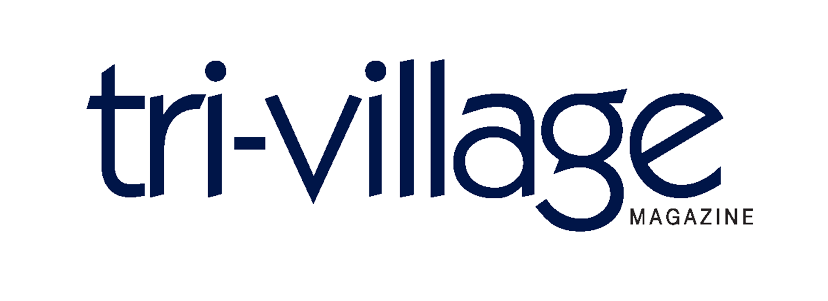
Water quality has been at the forefront of many issues nationwide over the years, but never, it seems, more so than the last year.
From the recent drinking water advisory on the west side of Columbus to the ongoing drought in California, people have expressed great concern over the quality and availability of water, and rightfully so. While access to clean drinking water in the community is generally taken for granted, there is always the potential for negative impacts to local water sources.
Some of the most common pollutants found in any body of water are the various forms of coliform bacteria such as E. coli. These bacteria can cause a host of diseases in people and create multiple problems for fish and other aquatic organisms.
They often originate from the manure of warm-blooded animals such as humans, pets and wild birds and animals. Because a majority of the community is connected to a central sewer system or permitted home septic systems, the main source of coliform bacteria comes from domestic and wild animals.
There are more than 4,200 registered dogs in the 43147 ZIP code alone, and they create an average of ¾ pounds of feces per day. That’s almost 1.5 tons of untreated waste that could potentially pollute our waters daily. However, responsible pet owners who pick up after their dogs and properly dispose of the waste can prevent much of the bacteria-laden feces from getting washed into nearby bodies of water.
One other large source of E. coli in the area is waste from an animal that is a little more difficult to manage: the good old neighborhood Canada goose. Geese are among the the few wild animals that have readily adapted to an urban environment and, in many cases, prefer the well-manicured lawns and parks present throughout the community. Also, as many of you have undoubtedly noticed, Canada geese can create a copious amount of waste and often deposit it near water sources.
There are other habits of geese that make their contributions to water pollution such a problem. Geese like to assemble large flocks in small areas and, in an urban environment where food is plentiful, often don’t leave an area unless forced out by harassment or bad weather. These preferred locations become literal dumping grounds for goose waste, and the bacteria and nutrients from the goose droppings can be concentrated in nearby ponds and streams.
Residents and property owners can help reduce the amount of feces by taking a couple of simple steps to reduce an area’s attractiveness to geese:
1. Stop feeding the geese. Not only does this reduce the natural fear factor wild animals have towards humans, but the snack of choice, white bread, is lacking many nutrients geese need in their daily diet. The old phrase “don’t feed the animals” has been around for such a long time because it is as relevant today as it was many years ago.
2. Discourage geese from using a pond by simply allowing some vegetation to grow along the water’s edge. Cattails, bulrushes and sedges are all native plants that, if allowed to spread around portions of a pond, make a site less appealing to geese. Tall vegetation obstructs visibility for waterfowl and makes them feel less secure from predators, which is why many of the development and condominium retention ponds that are mowed right to the water’s edge are so attractive to these birds.
Pet owners, property managers and concerned citizens can each play their part in helping to reduce the amount of animal waste entering the water supply, and we at the Fairfield Soil and Water Conservation District hope everyone will take the necessary steps to preserve the quality of our water.





